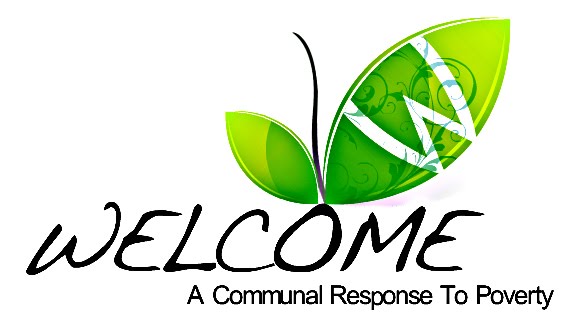'Encampment' brings attention to homeless LGBT youth
NEWS
by Matt Baume
 |
Homeless youth and their allies staged a "street sweep" in the Castro last Saturday to bring attention to budget cuts for social service programs. Photo: Matt Baume |
The May 14 encampment was part of a nationwide demonstration to raise awareness of homelessness among a demographic known as transition-age youth. Homeless and foster youth between 16 and 24 years old can face unique housing challenges, particularly as they age out of the foster care system and learn to navigate services for adults.
"We're here to engage the community on homelessness, and specifically queer homeless youth issues," said organizer Beck, who uses only one name. "We're in kind of a state of emergency, saying, 'hey community, wake up.'"
Saturday's action started at Civic Center with games, an unveiling of protest banners, and hot meals served by Food Not Bombs. A march proceeded to Harvey Milk Plaza, where speakers read poetry and called for improved access to services to get off the street.
Their requests included housing with kitchens, rather than single room occupancy hotels with no facilities for food preparation; employment opportunities for youth who are unable to complete school; and an end to the sit-lie ordinance.
According to local organizers Trans Youth Rise Above, there are 5,700 homeless youth in San Francisco, of which at least 1,000 are queer.
Operation Shine America, which coordinated similar rallies in other cities, estimates that there are 2 million homeless youth in the country. Queers for Economic Equality Now also organized the San Francisco event.
Beck explained that organizations like the Lavender Youth Recreation and Information Center and Larkin Street Youth Services' Castro Youth Housing Initiative have faced repeated budget cuts, reducing services that can prevent youth from living on the street.
Jodi Schwartz, executive director of LYRIC, agreed that times are tight. "There has been a sizable decrease in investments in LGBTQ youth services," she told the Bay Area Reporter. "Just for LYRIC, if we were to lose the last piece of dollars for transition-age youth workforce, our decrease in funding would be 72 percent over the last four years."
Larkin Street Executive Director Sherilyn Adams told the B.A.R. that the extent of cuts won't be known until Mayor Ed Lee releases a budget later this month.
"There's no proposed cuts to the Castro Youth program," she said, but added, "it does not begin to meet the need."
To address the potential consequences of such cuts, Lee recently convened a stakeholder group consisting of representatives from organizations that advocate for homeless youth. Based on feedback from that group, the mayor asked that the Department of Children, Youth, and Their Families prioritize funding for LGBT and undocumented youth.
While organizations hope to turn around the recent budget cuts, local organizers are seeking ways to demonstrate how the city's rate of youth homelessness could worsen.
After Saturday's protest concluded, about three dozen homeless youth spent parts of the night camped out around the Muni station, according to organizer the Reverend Megan Rohrer, director of the Welcome Ministry, a coalition of 12 churches that seek to provide a faithful response to poverty.
Rohrer is currently working with the GLBT Historical Society to raise visibility by drawing inspiration from past struggles. She incorporated a "street sweep" into Saturday's protest, in which participants swept Castro Street sidewalks with brooms to evoke a similar 1960s-era protest.
In that action, LGBTs protested the city's negligent sanitation and police roundups by pushing brooms through the Tenderloin.



